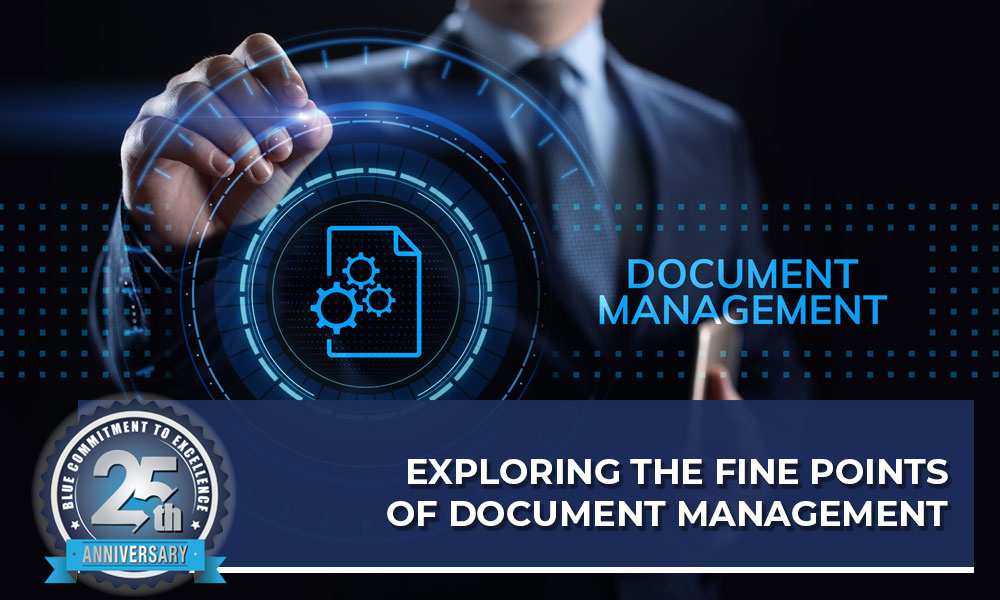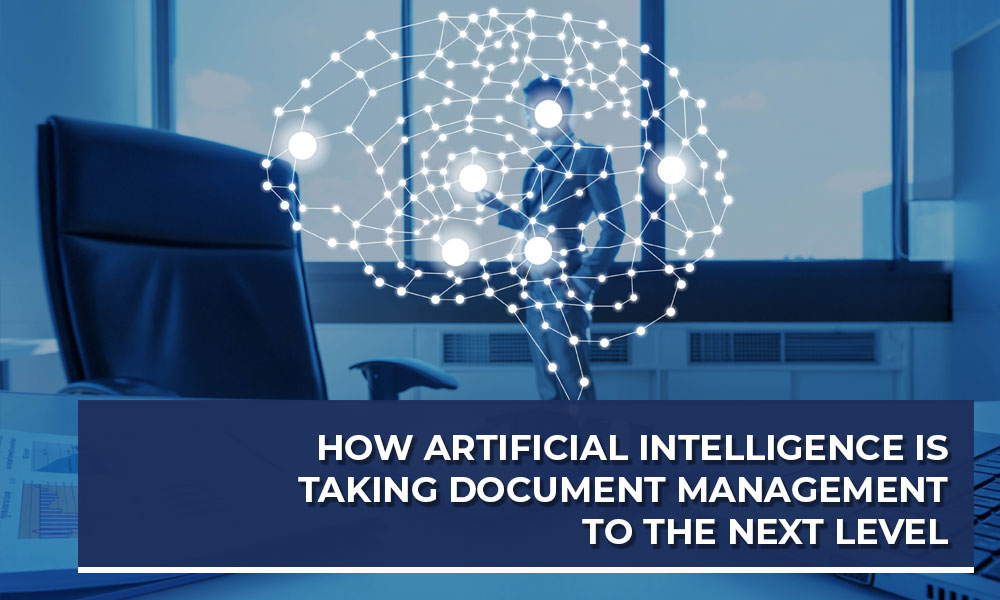Architects and their staff have always relied on tools to create projects and plans that illustrate good design and help their clients live, work, and play in better, more cohesive environments. But the industry has come a long way since the advent of the drafting table, compass, and mechanical pencil. Today’s busy architectural firms rely on a host of forward-looking tools and technologies that increase design capabilities and make daily tasks easier and more frustration-free.
The Best Office Tech for Busy Architectural Firms
Topics: #wideformatprinters, #multifunctionalprinter, #DocumentManagement, #ArchitectureFirms, MFP, architectualoffice, printmanagement, productionprint
Why End-to-End Workflows Are Critical for Large Engineering Projects
Engineers are expected to pay attention to details all of the time, as errors in a typical large engineering project — think bridges, roadways, buildings, and pipelines — can lead to financial disaster and even loss of life. It is essential that engineers keep control of and understand the data they are handling.
Topics: #BluebeamRevu, #Engineering, #DocumentManagement, bluebeam, end-to-end workflow, end-to-end engineering workflows, architecture
How Your General Practice’s Efficiency Benefits from Document Management
During the coronavirus epidemic, the nation’s healthcare workers went into overdrive to care for their regular patients plus those needing special assistance battling the virus. The trend toward overwork is continuing, however, putting many physicians and their staff at risk of burnout.
Topics: healthcare, #DocumentManagement, #DMS, general practice efficiency, general practice
Document Management: The Cure for Unstructured Data
It is a frustrating fact, but employees are still wasting time searching for the information they need to be productive. In fact, each employee spends at least 25% of their time searching for— and not finding — the documents they need. And their managers? They spend half their time doing routine tasks that could be better handled with workflow automation. Overall, up to 21% of total staff productivity loss is directly related to issues surrounding documents.
Topics: #MPS, #DocumentManagement, Managed print
Exploring the Fine Points of Document Management
This year, all industries are reporting an increased adoption of document management systems (DMS) in response to the need for expanded work efficiencies and a focus on digital transformation, as more companies move toward a paperless environment.
Topics: managed print services, Print Management, #DocumentManagement, ThoughtLeadership
How Document Management is Transforming the Entertainment Industry
The hospitality and entertainment industry faces constant disruption. Understandably, entertainment companies want to leverage new technologies to streamline their operations, considering the labor involved in their previous processes. One way entertainment organizations can deliver an enhanced experience to customers and reduce costs is by implementing a document management solution.
Topics: ECM, #reducepaper, #DocumentManagement, #workflowautomation, #EnterpriseContentManagement
5 Steps to Implementing an Effective Disaster Recovery Plan
Keeping ahead of all the challenges a company faces today isn’t easy. Improving operational workflows and managing complex technological environments is hard enough, but what if disaster strikes? Is the company prepared to recover? Have they implemented the necessary contingency plans to prevent operations from grinding to a halt? All these questions are essential in a world where business continuity requires an effective disaster recovery plan.
Topics: Managed IT, #MPS, #DocumentManagement, #DisasterRecovery
How AI is Taking Document Management to the Next Level
How companies manage and maintain their documents may be the next business function facing technological disruption. While document and record management remains a vital process, companies find it to be an increasingly complex and labor-intensive practice. This is precisely why data scientists and software developers are now looking for ways that Artificial Intelligence (AI) systems and Machine Learning (ML) algorithms could help.
Since the rise of the first document management systems, companies could streamline their workflows and ensure the accurate execution of their processes. However, it still required humans to enter all the related data, initiate the workflows, and compare versions of documents manually. In an IDC whitepaper from 2012, professionals still reported that they spent, on average 4.5 hours per week searching for documents. Often, if they cannot find what they are looking for, they will recreate a document or file leading to higher productivity losses.
Topics: #DocumentManagement, #AI, #ArtificaialIntelligence, #DataExtraction
Hospitality Industry: Eliminate Paperwork and Provide Guests with a Five-Star Experience
The hospitality industry specializes in crafting a luxurious guest experience, and many hotels go to great lengths to make every aspect of that experience perfect. Yet, if there’s one thing that can mar the entire experience, it’s paperwork.
From losing reservations to forcing guests to navigate complex forms, many document processes can disrupt the experience. To mitigate this, many establishments turn to document management strategies to streamline the guest experience.
Topics: #DocumentManagementSystem, #DocumentManagement, #hotels, #guestecperience
Optimize Your Insurance Company’s Document Management Strategy
If there’s one thing that’s associated with tremendous amounts of paperwork, it’s insurance companies. From application through claims, a form or letter or piece of paper exists for everything. However, all this paperwork needs to remain organized and accessible for an insurance company to operate effectively. That’s where document management becomes handy, and insurance companies require a solid strategy for it.
Topics: #DocumentManagement, #insurance, #DMS


.png)









